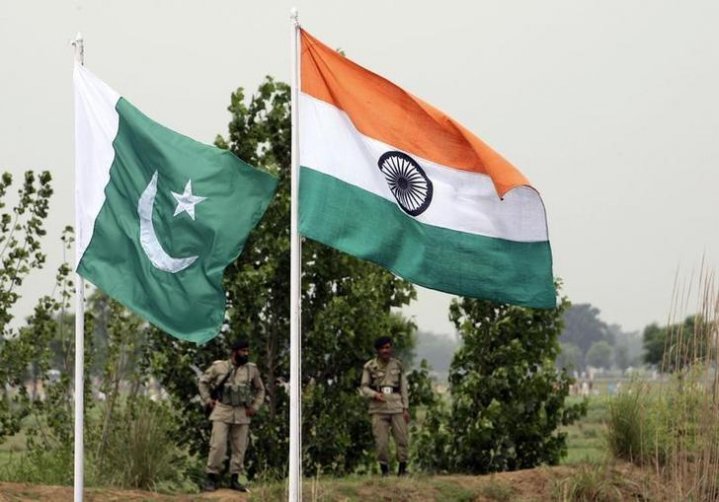
A security company has revealed that India and Pakistan have been the subject of unrelenting cyber espionage campaign that could be state-sponsored.
Symantec Corp has issued a threat intelligence report to clients back in July detailing the online spying activities that dated back to October 2016, Reuters reported. Targets by the said cyber security threat are government and military entities in India and Pakistan.
Also read: Security firm warns of potential cyber attack that could be as damaging as NotPetya
The espionage is reportedly the handiwork of not only one group. However, the method of the attack suggests that these groups operate under "similar goals or under the same sponsor". It speculated that the culprit at play is a nation state.
Symantec, however, refused to give further details about the crime.
Reuters reported that governments and militaries with operations in South Asia and are involved in territorial disputes could be in danger from the malware, which uses the so-called "Eh-door" backdoor to gain entry to files on computers.
Also read: BEWARE! New phone scam tricks you to subscribe to paid services
"There was a similar campaign that targeted Qatar using programs called Spynote and Revokery", a security expert tells the media outfit who requested anonymity. "They were backdoors just like Ehdoor, which is a targeted effort for South Asia".
The malware uses documents associated with security issues in South Asia as bait. It also allows spies to install and download files, carry out processes, log keystrokes, determine that target's location, steal personal data and take screenshots.









